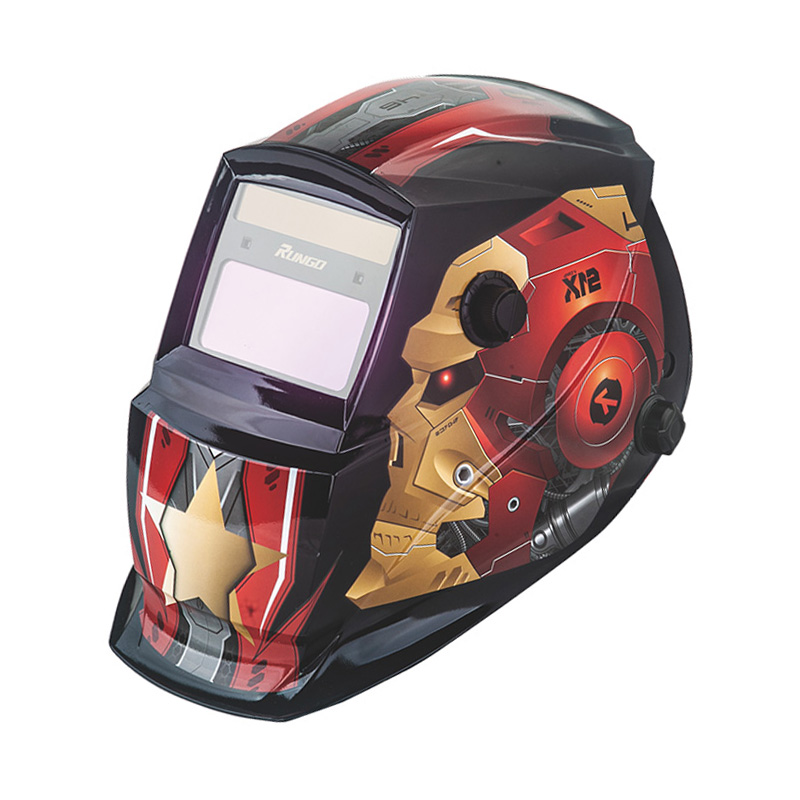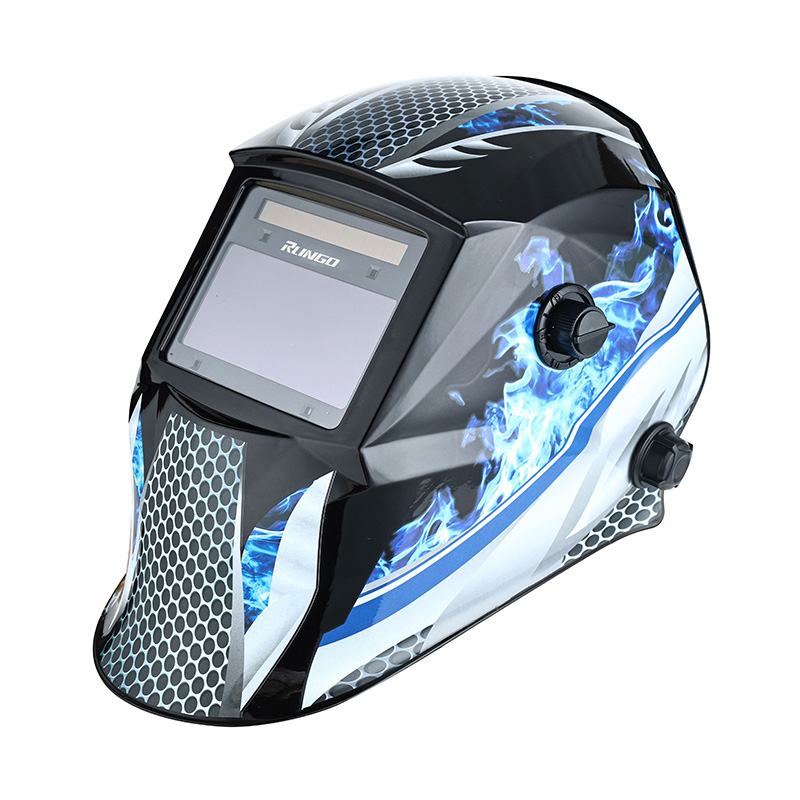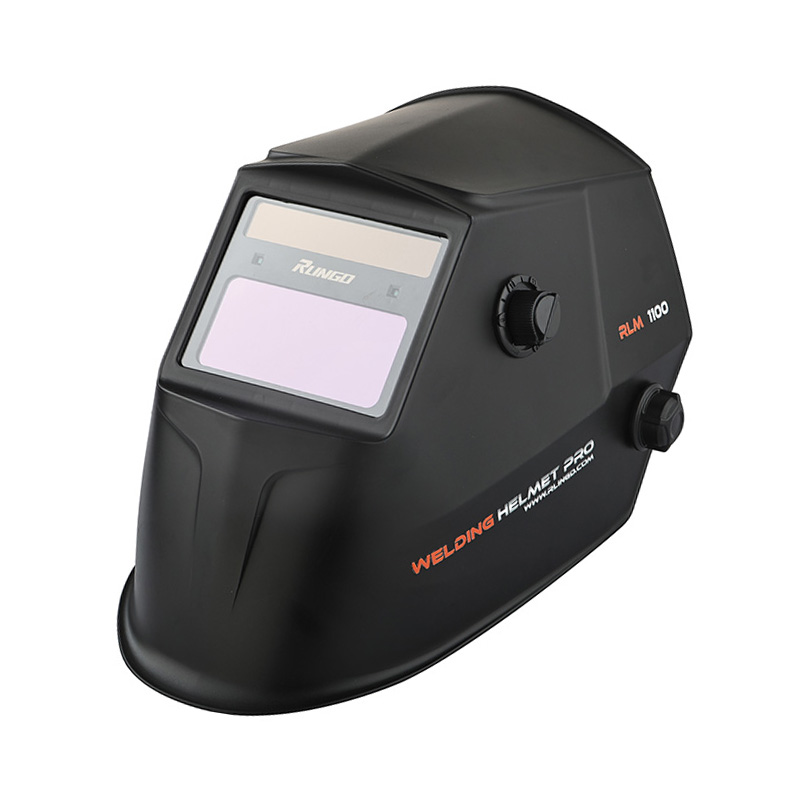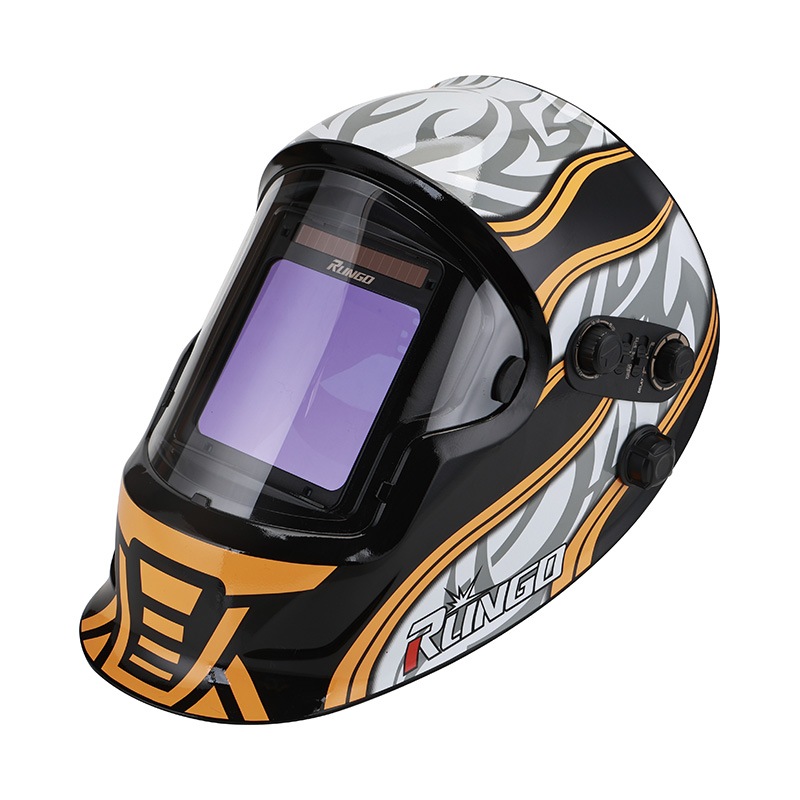Performance of Welding Hood Auto Darkening in Low-Light Conditions
2025-04-18
Custom ODM China Welding Hood Auto Darkening Factory Maker
Welding Hood Auto Darkening (ADH) technology has become an indispensable part of a welder's toolkit, providing a crucial layer of protection against the intense light and ultraviolet radiation that are inherent to the welding process. The adaptability of these ADH hoods in various lighting conditions is a significant factor in their effectiveness, particularly in low-light environments. This article aims to explore the performance of Welding Hood Auto Darkening systems when operating under conditions of reduced illumination, shedding light on their capabilities and limitations.

The primary function of Welding Hood Auto Darkening is to adjust the shade of the welding lens in response to the changing light conditions. This dynamic adjustment is essential for protecting the welder's eyes from the blinding flash of an arc strike while still allowing for clear visibility of the welding puddle. In low-light conditions, the performance of ADH welding hoods is put to the test as the balance between adequate protection and sufficient visibility becomes more challenging.
One of the key features of a high-quality Welding Hood Auto Darkening is its sensitivity to light changes. This sensitivity is measured in lux, a unit that quantifies the intensity of light in a given environment. A hood with a lower lux rating will respond more quickly to changes in light, making it ideal for low-light welding conditions. However, a hood that is too sensitive may also darken too quickly, potentially hindering the welder's ability to see the workpiece.
The response time of the ADH lens is another critical factor in its performance in low-light conditions. The speed at which the lens transitions from a clear state to a darkened state (and vice versa) can affect the welder's ability to start and stop welding tasks efficiently. A slow response time can cause delays in the welding process, as the welder may have to wait for the lens to clear before resuming work. On the other hand, a rapid response time ensures that the welder can maintain a steady pace, even in conditions where the light levels are fluctuating.
The contrast ratio of a Welding Hood Auto Darkening is also a significant determinant of its performance in low-light scenarios. A high contrast ratio allows the welder to distinguish between the bright welding arc and the darker background, facilitating more precise control over the welding process. This is particularly important in low-light conditions, where the ambient light may not provide sufficient contrast to make the welding puddle easily visible.
Another aspect to consider is the overall clarity of the ADH lens. A lens with high optical clarity will provide a clear, undistorted view of the welding area, even when the lens is in its dark state. This clarity is essential for maintaining visibility in low-light conditions, where any reduction in clarity could compromise the welder's ability to see the workpiece accurately.
The battery life of the ADH welding hood is also worth mentioning, as it can impact performance in low-light conditions. A hood that requires frequent battery changes may not be practical for extended welding sessions, particularly in environments where access to replacement batteries is limited. A reliable, long-lasting battery ensures that the Welding Hood Auto Darkening system remains functional and responsive, regardless of the lighting conditions.
In conclusion, the performance of Welding Hood Auto Darkening in low-light environments is a complex interplay of several factors, including sensitivity to light changes, response time, contrast ratio, lens clarity, and battery life. A well-designed ADH welding hood will excel in all these areas, providing welders with the protection and visibility they need to perform their tasks safely and effectively, even in challenging lighting conditions. The evolution of ADH technology continues to push the boundaries of what is possible, ensuring that welders are equipped with the tools for their trade, no matter the lighting situation they encounter.












